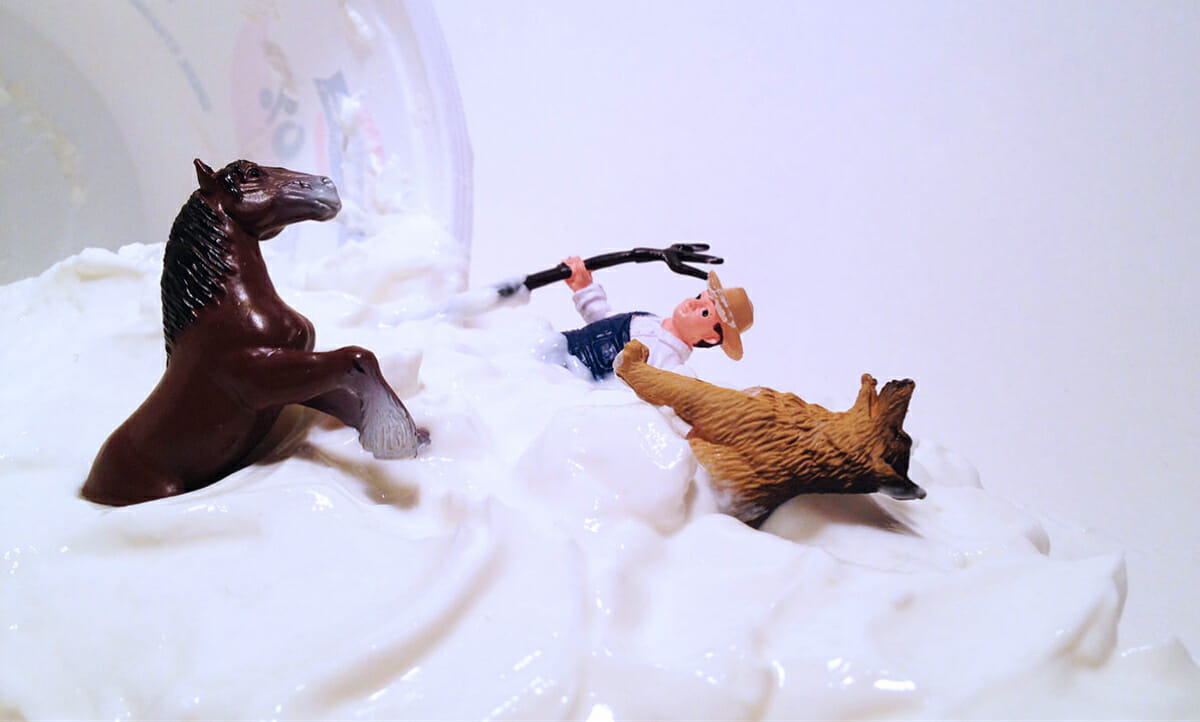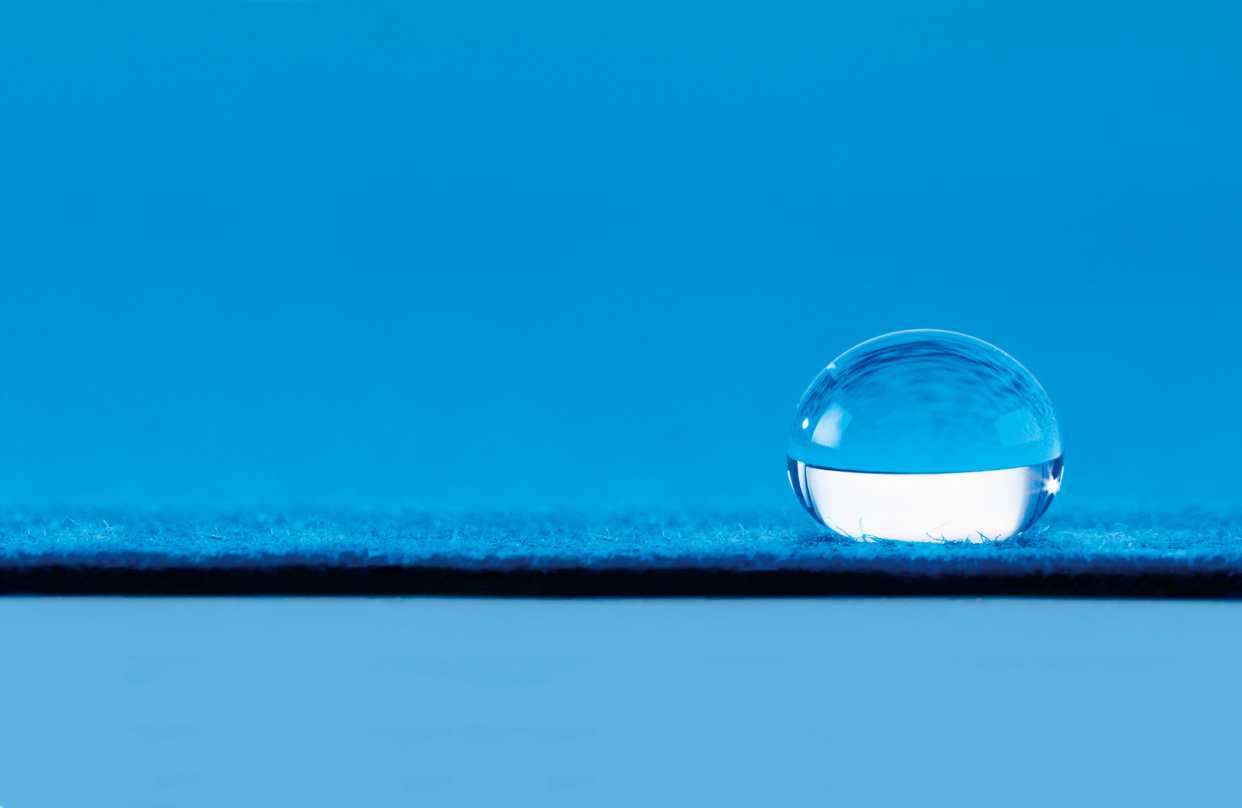Americans waste one-third of their food annually, while 15% of Americans struggle to provide adequate food on the table every day. This is equivalent to $160 billion dollars down the drain. At $160 billion, you can buy the largest companies in the market (Microsoft, GE, IBM, P&G, and more). Instead, that money simply gets “invested” in incinerators and landfills with negative returns.
MIT students see the problem, and they have taken action. Ricky Ashenfelter and Emily Malina are on their way to develop a new business venture, Spoiler Alert, which can tackle food waste issues on a global scale.
Spoiler Alert is an online marketplace to exchange information about excess, expiring, and spoiled food in real time. A mobile app and enterprise software will be developed to execute this project. In fact, this model emulates the concept of Craigslist. It is currently a work in process that is estimated to undergo beta testing this fall.
Most programs in the US are too small to make a huge impact. These programs fail to address food donations, waste diversion, and food repurposing. On the other hand, the vision of the Ricky and Emily is to connect major players in the supply chain. Food retailers who have excessive amounts of waste can use Spoiler Alert to communicate with farmers, composters, and even bio-energy producers. In return, the food will be converted into energy, fuel, and fertilizer.
The food waste problem is a huge opportunity for new business models to emerge. In addition to that, cities in the US are slowly adapting to control organic waste. In Massachusetts, a commercial food waste ban will start this October. This means that businesses producing more than one ton of food waste per week must transfer the waste to a facility for special processing.
There is no greater time to launch Spoiler Alert but now. What makes this great is it targets giant retailers who produce large amounts of food waste. Without their participation, this model will not attain the intended results on food waste reduction. Moreover, with the expected ban of food waste in the next few months, Spoiler Alert can make a huge breakthrough in the market by simply making things more convenient between parties. This policy plays and integral factor in making this business more likely to succeed, as it forces large firms to manage their waste accordingly. Ultimately, alongside the food waste ban, Spoiler Alert can help reduce the state’s waste stream by 30% in 2020.









